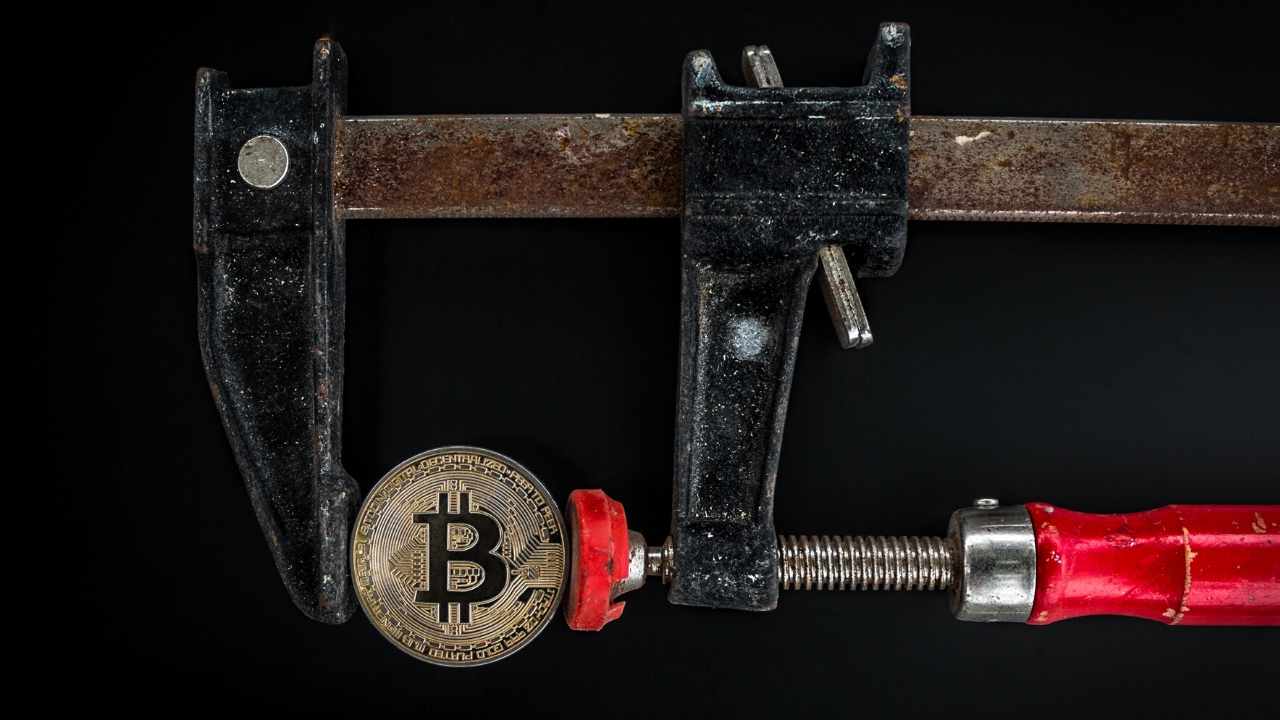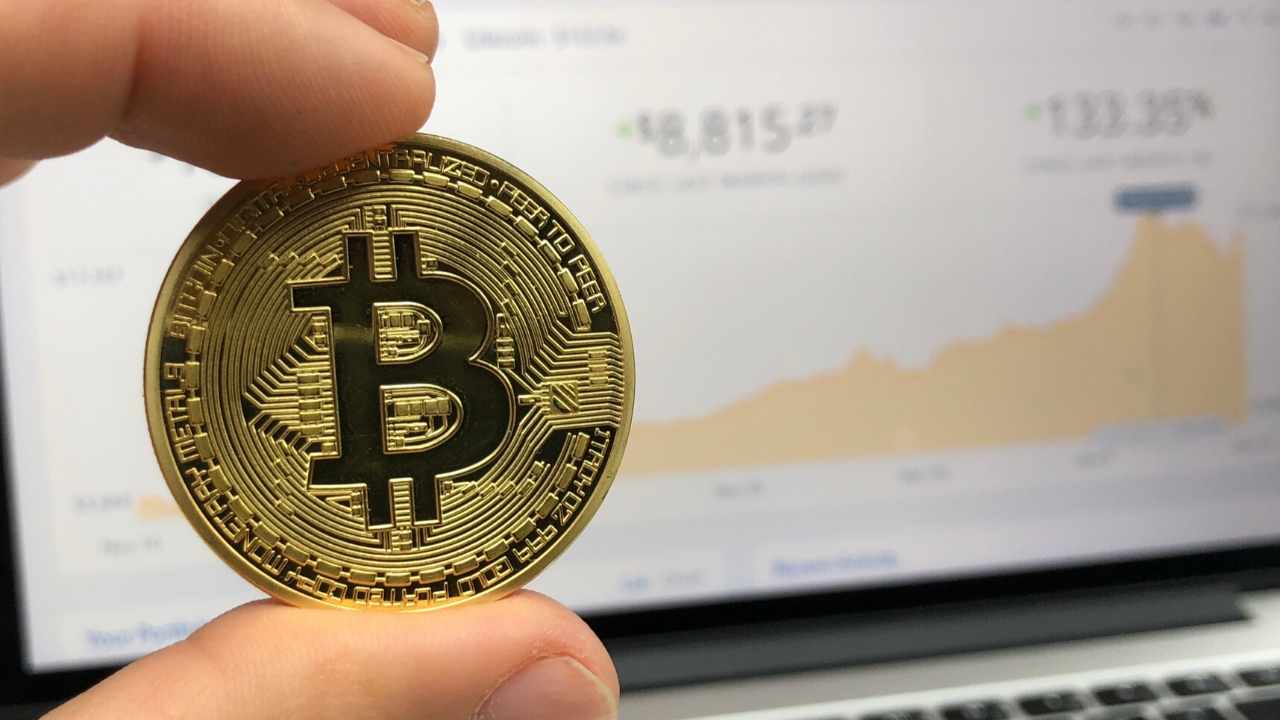
When weighing the benefits of yield farming, investors often ask: Should I invest or not in DeFi? There are many reasons why you should do this. One of them is the potential for yield farming to generate significant profits. Early adopters are likely to get high token rewards which will increase in value. This allows them to make a profit by selling token rewards and then reinvest the earnings, which will allow them to reap more income. Yield farming is an investment strategy that has proven to generate more interest than conventional banks. But there are risks. DeFi has volatile interest rates and is therefore a more risky environment to invest.
Investing to grow yield farms
Yield Farming, an investment strategy that rewards investors with tokens in exchange for a share of their investments, is called Yield Farming. These tokens will increase in price very quickly and can then be resold to make a profit, or reinvested. Yield Farming can offer higher returns than traditional investments but comes with high risk, such as Slippage. Furthermore, an annual percentage rate is not accurate during periods of high volatility in the market.
You can check the Yield Farming project's performance on the DeFi PulSE website. This index tracks the total value cryptocurrencies held by DeFi lending platform. It also shows the total liquidity of DeFi liquidity pool. Many investors use TVL to analyze Yield Farming projects. This index can be found on the DEFI PULSE website. The growth of this index indicates that investors are confident in this type of project and its future.
Yield farming is an investment strategy that uses decentralized platforms to provide liquidity to projects. Yield farming offers investors the opportunity to earn significant cryptocurrency by acquiring idle tokens. This strategy is based on smart contracts and decentralized exchanges, which allow investors automate financial transactions between two parties. Investors who invest in a yield-farm can receive transaction fees, governance tokens, interest, and interest through a lending platform.

Selecting the right platform
It might sound simple but yield farming does not come with a set of rules. One of the risks associated with yield-farming is the risk of losing your collateral. DeFi protocols often are developed by small teams that have limited budgets. This increases risk of bugs in smart contracts. There are some ways to minimize the risk of yield farm by choosing a suitable platform.
Yield farming is a DeFi platform that allows you to borrow or lend digital assets by using a smart-contract. These platforms are decentralized financial institutions that provide trustless opportunities for crypto holders, who can lend their holdings to others using smart contracts. Each DeFi application offers its own functionality and features. This will influence the way yield farming is performed. Each platform has its own rules and conditions when it comes to lending or borrowing crypto.
Once you've identified the right platform, you can start reaping the rewards. A successful yield farming strategy involves adding your funds to a liquidity pool. This is a system of smart contracts that powers a marketplace. Users can borrow or exchange tokens on this platform to earn fees. Users are paid for lending their tokens. You can start yield farming by investing in smaller platforms that allow you to access a greater variety of assets.
To measure platform health, you need to identify a metric
To ensure the success of the industry, it is important to identify a metric to assess the health and performance of a yield farming platform. Yield farming can be described as the process of earning cryptocurrency rewards, such like bitcoin and Ethereum. This can be compared with staking. Yield farming platforms work with liquidity providers, who add funds to liquidity pools. Liquidity providers receive a payment for providing liquidity. Usually, this is from the platform’s fees.

Liquidity is a metric that can be used to determine the health and viability of yield farming platforms. Yield farming can be described as a form liquidity mining. It operates under an automated market maker system. Yield farming platforms offer tokens that can be pegged to USD and other stablecoins in addition to cryptocurrency. Liquidity providers get rewards based upon the amount they provide in funds and the protocol rules that govern trading costs.
It is crucial to identify a metric that measures a yield farming platform in order to make an informed investment decision. Yield farming platforms are highly volatile and are prone to market fluctuations. However, these risks could be offset by the fact that yield farming is a form of staking, a practice that requires users to stake cryptocurrencies for a certain amount of time in exchange for a fixed amount of money. Lenders and borrower alike are both concerned by yield farming platforms.
FAQ
How can you mine cryptocurrency?
Mining cryptocurrency is very similar to mining for metals. But instead of finding precious stones, miners can find digital currency. This process is known as "mining" since it requires complex mathematical equations to be solved using computers. These equations can be solved using special software, which miners then sell to other users. This creates "blockchain," which can be used to record transactions.
What is Blockchain?
Blockchain technology can be decentralized. It is not controlled by one person. It works by creating an open ledger of all transactions that are made in a specific currency. The blockchain tracks every money transaction. Everyone else will be notified immediately if someone attempts to alter the records.
Why does Blockchain Technology Matter?
Blockchain technology has the potential to change everything from banking to healthcare. The blockchain is essentially a public database that tracks transactions across multiple computers. Satoshi Nakamoto, who created it in 2008, published a whitepaper describing its concept. The blockchain is a secure way to record data and has been popularized by developers and entrepreneurs.
How much does it take to mine Bitcoins?
Mining Bitcoin takes a lot of computing power. Mining one Bitcoin at current prices costs over $3million. If you don't mind spending this kind of money on something that isn't going to make you rich, then you can start mining Bitcoin.
Are There any regulations for cryptocurrency exchanges
Yes, there are regulations regarding cryptocurrency exchanges. Although most countries require that exchanges be licensed, this can vary from one country to the next. If you reside in the United States (Canada), Japan, China or South Korea you will likely need to apply to a license.
Statistics
- This is on top of any fees that your crypto exchange or brokerage may charge; these can run up to 5% themselves, meaning you might lose 10% of your crypto purchase to fees. (forbes.com)
- Ethereum estimates its energy usage will decrease by 99.95% once it closes “the final chapter of proof of work on Ethereum.” (forbes.com)
- Something that drops by 50% is not suitable for anything but speculation.” (forbes.com)
- “It could be 1% to 5%, it could be 10%,” he says. (forbes.com)
- In February 2021,SQ).the firm disclosed that Bitcoin made up around 5% of the cash on its balance sheet. (forbes.com)
External Links
How To
How to build crypto data miners
CryptoDataMiner is an AI-based tool to mine cryptocurrency from blockchain. It is open source software and free to use. You can easily create your own mining rig using the program.
The main goal of this project is to provide users with a simple way to mine cryptocurrencies and earn money while doing so. This project was built because there were no tools available to do this. We wanted to make something easy to use and understand.
We hope our product will help people start mining cryptocurrency.